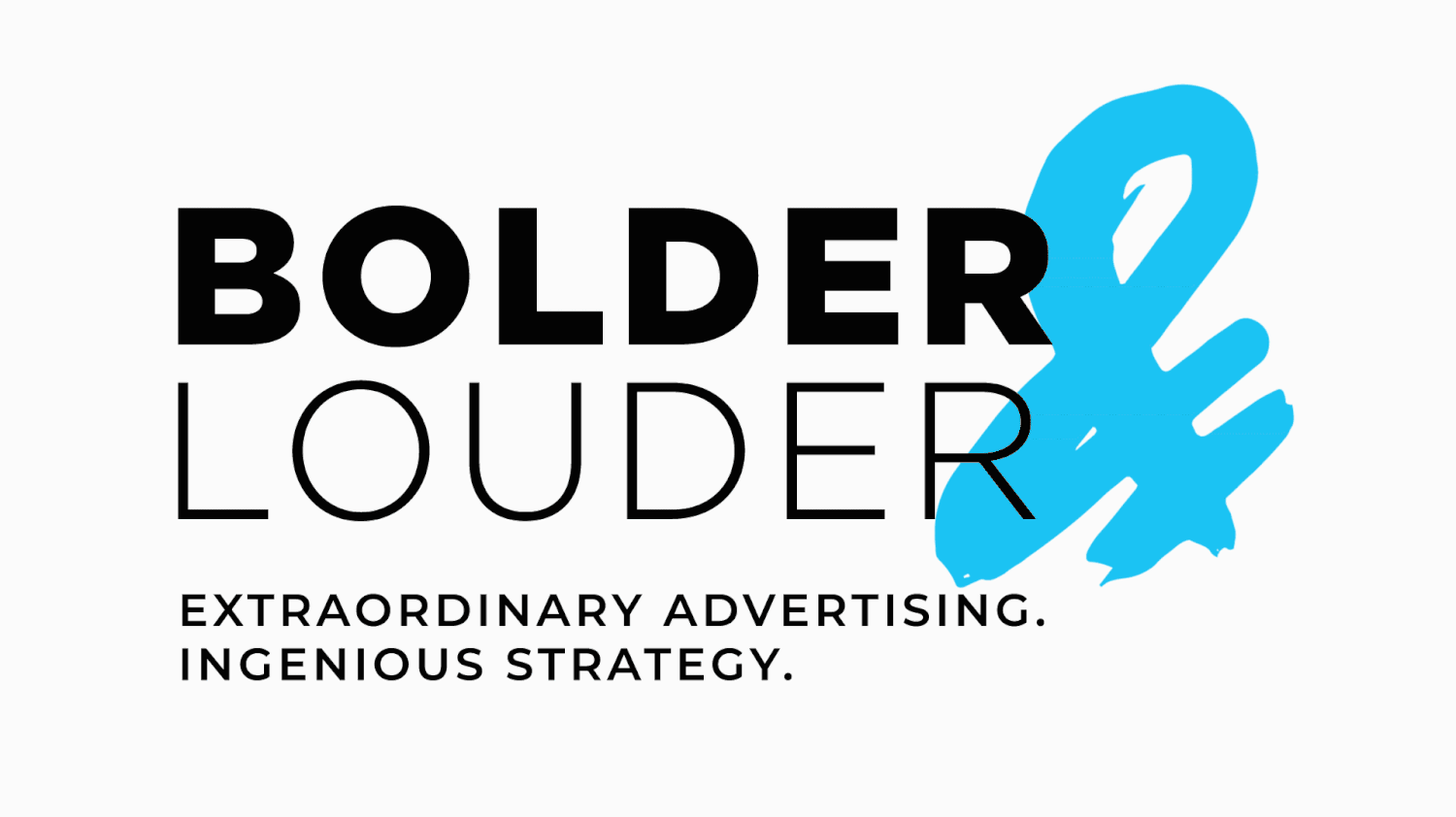Would You Like Insurance With That? The Art of The Upsell
"You don't close a sale. You open a relationship if you want to build a long-term, successful enterprise."
Patricia Fripp
If your business and marketing model is like most, you spend a LOT of time and resources attracting new customers. While attracting new clients is a critical piece of the puzzle, it's far from the only opportunity to build revenue and sustainable success.
In fact, the real gold might just be in your existing customers.
Research shows that it's six times more expensive to sell to a new client than it is to retain an existing one. That's probably because the probability of selling to an existing customer is between 60% and 70% compared to just 5% to 20% for a new lead.
Focusing on selling more to your current customer base, in other words, has both a higher chance of success and better ROI.
How can you get there? That's the art of the upsell.
Upselling, Defined
We'll start with a basic definition. According to Investopedia,
Suggestive selling (also known as add-on selling or upselling) is a sales technique where an employee asks a customer if they would like to include an additional purchase or recommends a product which might suit the client.
It's a technique typically used to increase average order value, designed to leverage the fact that the initial commitment to the original purchase makes it easier to decide on smaller add-ons that improve customer experience.
Common Examples of Upselling
Upselling is used across industries, and in a variety of ways. The extra revenue gained, in fact, can range anywhere between cents and hundreds, if not thousands of dollars. Some common examples of the process might include:
Restaurants allowing for extra toppings or sauces in the online ordering process.
Appliance and electronics protection plans on anything from a new Roku to a new refrigerator.
Subscription enhancements to one-time purchases, like workout programs available when purchasing a new fitness equipment.
Upgrading an existing purchase, making a product or service more functional and beneficial in exchange for a higher price.
Selling insurance and warranty programs to product purchases. You’ve likely seen this done on everything from travel bookings to buying a toaster.
Importantly, all purchases considered upsells are related to that original purchase—and it's just as important to understand what upselling is not.
The technique is commonly confused with cross-selling, which is the process of recommending related but separate products as part of the purchasing product. The customers also purchased... box on Amazon.com, for instance, is a textbook example of cross-selling.
Quick Tips to Begin Leveraging Your Upsell Opportunities
Building a sales strategy with upsells in mind can be complex but it doesn’t need to be.
Start with some basic steps like these:
Taking a close look at every product or service you sell, and evaluate which upsell opportunities might increase value in addition for a higher price. Can you bundle products for a bigger discount? Can you add a service component with a recurring revenue stream?
Build upselling into your sales processes and training. Both automated check-out processes and personal interactions should always have upsell opportunities. For example adding a simple question at checkout “would you also like to purchase this complimentary product” might do wonders to your conversion rates.
Keep the balance. Part of the art of the upsell includes knowing when it does and doesn't make sense, and when to back off. That can go a long way towards an effective, ROI-positive sales process and happy customers who don’t feel like they’re being given the hard sell.
Build the value. Upselling works best when connected to a larger customer success strategy that values loyalty and provides real help where needed.
Done right, upselling has the potential to transform your marketing strategy and flood your revenue stream.
But that's only possible if you know how to integrate it into your processes and strategy. And that's where we come in …


